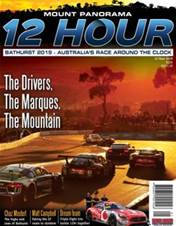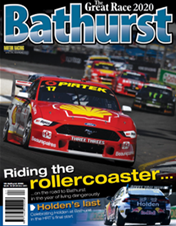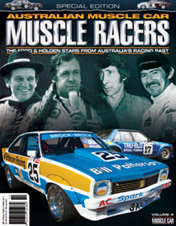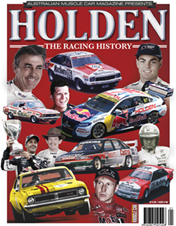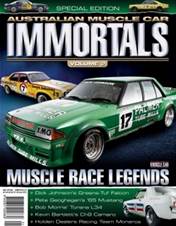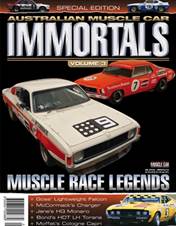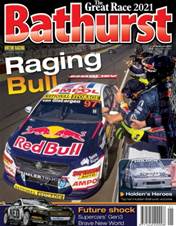Have you ever wondered how many people have seen vision of Bill Brown’s roll along the fence at McPhillamy Park in the 1971 Bathurst 500?
It must be well over 10 million – saturation coverage on news bulletins in Australia that night, and countless replays for the generations who have followed.
Certainly, there would be very few readers of this magazine who have not seen the footage, and marvelled at how the fence could possibly have cut the Falcon open, leaving the yellow GT-HO Phase III broken-backed and upside down, without doing any substantial damage to Brown. It was indeed an extraordinary escape.
But Brown had two great things going for him. First and foremost, he had the luck to roll along the fence, avoiding the head-on impact which had been so disastrous for Torana driver John Keran at the same place 12 months earlier. And so the very drama of the accident – the car barrel-rolling, with bits flying off it – allowed all that energy to safely dissipate. Secondly, the whole episode was wonderfully caught by the camera – so once Brown had actually survived the accident, he had instantly made himself a legend.
But there was another accident in the Great Race, just three years later, which could hardly have been more different from that of Brown’s, and yet in many ways was far more dramatic and remarkable.
Unlike the millions who have seen Brown’s misadventure, there are only two – maybe three – people who saw this accident happen. Unlike the stroke of luck Brown had in rolling along the fence instead of frontally assaulting it, this driver hit an immovable object at very high speed. And unlike Brown, not many people even know who he was.
That’s because television cameras failed to capture the crash. Nor was it caught by the legions of still photographers present that day, Sunday October 6, 1974.
Fame – or infamy – has therefore not followed for Rod McRae. This is his story.

You have reached an article available exclusively to Premium members.
JOIN FROM AS LITTLE AS $6.66 A MONTH* FOR INSTANT ACCESS.
Already a member? Log in
* Billed annually at $79.90







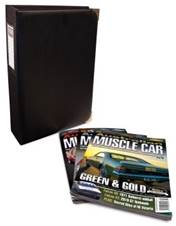
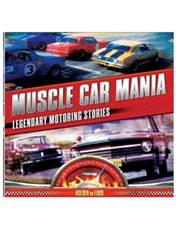
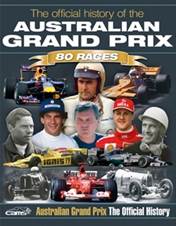
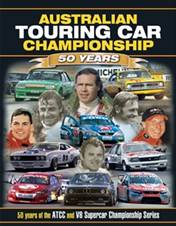
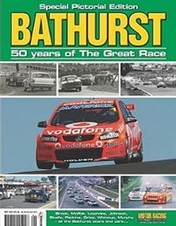
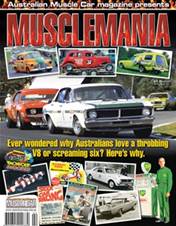
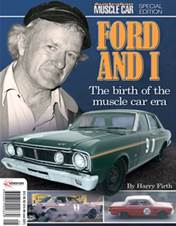
.jpg&q=70&h=226&w=176&c=1&s=1)
